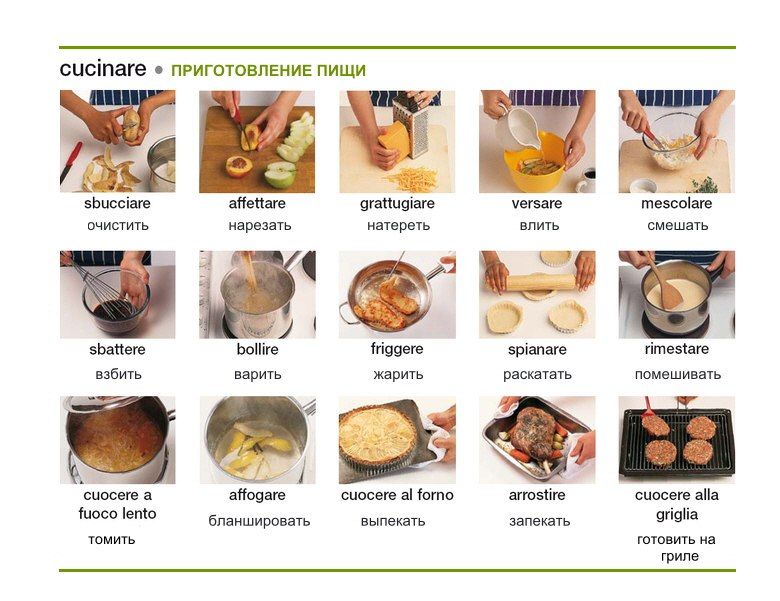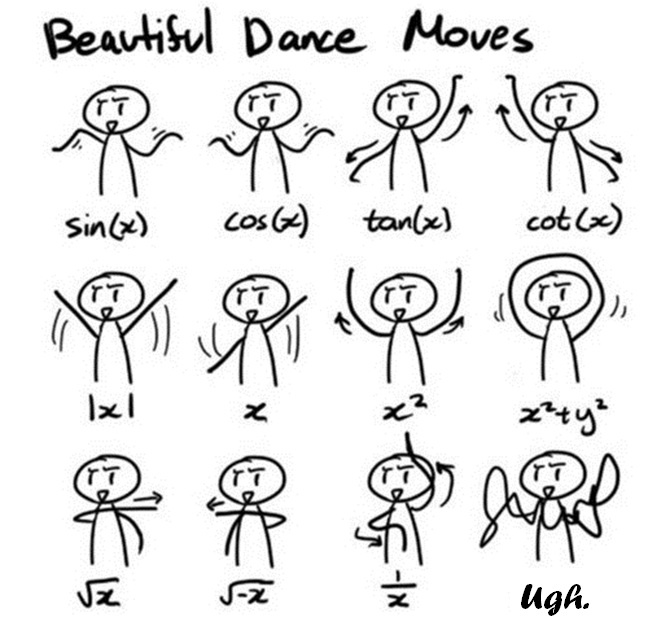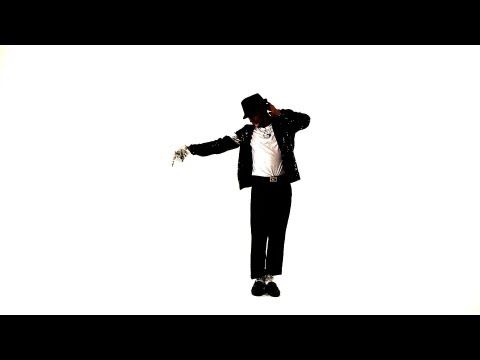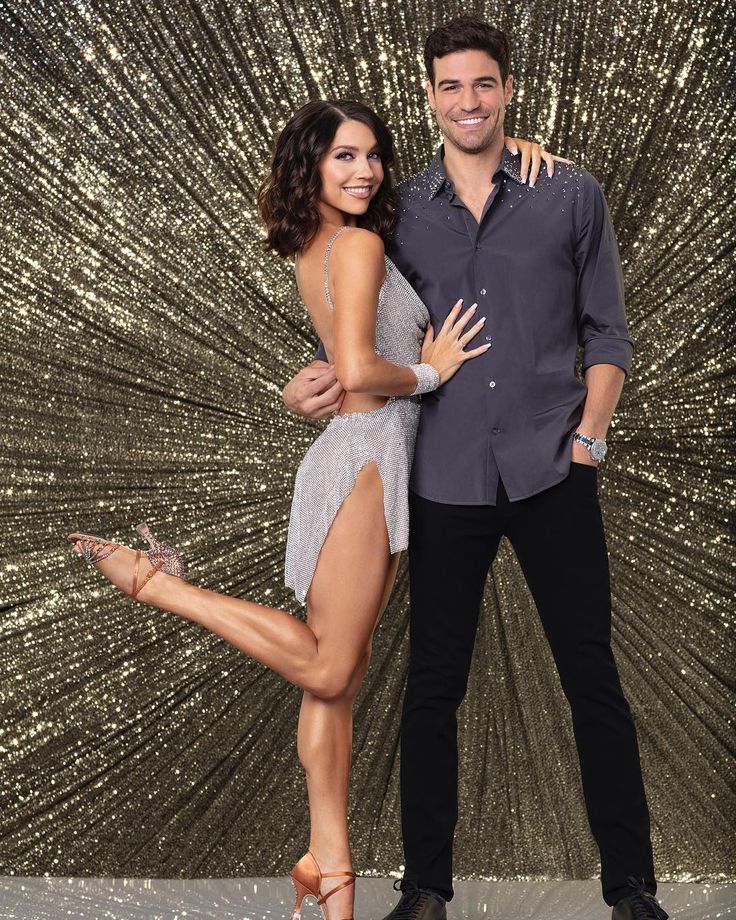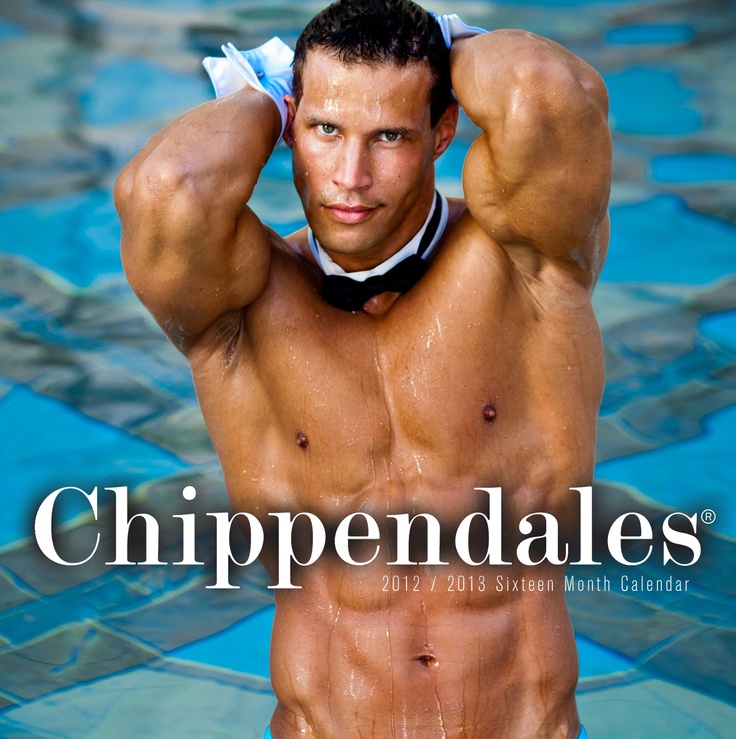How to create a dance team
How to Start a Competition Dance Team
March 31, 2015 Dance Competitions Eric Housh
When you’ve been running a successful recreational dance studio for a couple years and have some amazingly talented students in your classrooms, you might start to think about ways to show the world how great your dancers are. What better way to do that than start a competitive dance team at your studio? If you’re wondering how to start a competition dance team, follow these easy steps.
Gauge Interest
Before you jump head-on into planning, it’s a good idea to see how many of your students would be interested in joining a competition team. Some may be too busy with other sports or extracurriculars to dedicate enough practice time, and others might not be able to afford the additional costs of competitions. You can gauge interest by talking to parents and students or sending out a survey to everyone. Make sure you have a solid group of students on board before making any definitive decisions.
Hold Tryouts
Once you’ve determined that your dancers are ready and able to take their dancing to the next level, you’ll want to hold tryouts for your new competition team. There are a number of different ways that you can structure tryouts – your needs will dictate which method works best in your studio. Varsity.com explained that some studios hold open tryouts where any student can apply to be on the team. In this type of situation, you’ll likely have to make cuts, so be prepared to give your dancers honest feedback.
Another common method of recruiting dancers is to have “invitation only” tryouts. This strategy ensures that only dancers who are advanced enough for the rigors of competition will be considered. It can help spare your novice dancers the rejection of being cut and makes your job easier, as you’ll likely have fewer students to consider.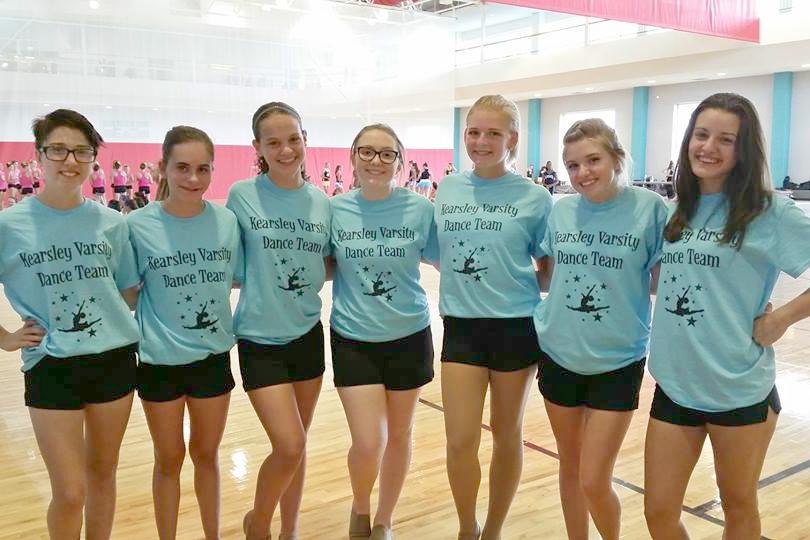
Whichever method you choose, it’s best to hold a meeting with parents before or during tryouts to explain the expected costs and time commitments that come along with competitive dance. The last thing you want is to select the perfect team only to have half drop out because of the price.
Schedule Practices and Outline Expectations
After you have a great group of dancers on your new team, you’ll need to create a practice schedule that works for all parties involved. Ideally, it shouldn’t interfere with their other dance classes or outside activities. However, the reality is that you may not be able to find a time that works for everyone. Do the best you can and make compromises whenever possible.
You’ll also need to outline your expectations for this new group. How many practices are they able to miss? What happens when they show up late? How far in advance do you need costume payments? Are there certain behaviors you expect dancers to uphold as representatives of your team? These are all important considerations to take into account.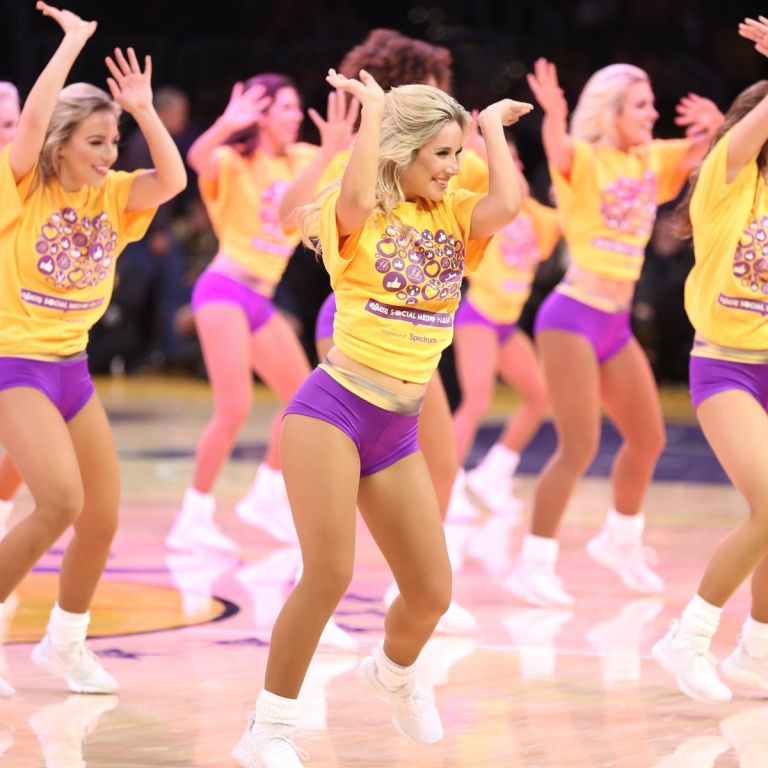 Competition teams generally have strict guidelines for dancers because if just one person is missing, the whole practice can be thrown off and the team may suffer.
Competition teams generally have strict guidelines for dancers because if just one person is missing, the whole practice can be thrown off and the team may suffer.
Hone Your Skills
Once the paperwork is filled out and expectations are set, it’s time to do what you do best – practice! Start creating routines, building team bonds and preparing your dancers for competition life. You may want to bring in guest speakers who have experience in competitive dance or attend a local competition to see what the atmosphere is like. Some competitive teams also require their students to attend certain camps to work on skills and technique, but this should depend on whether your students are willing and able to do so.
When you think your team is ready, pick your first competition and go for it! Whether you win or lose, you’ll be on your way to creating a strong, covetable competition dance team.
tweet
How to Start a Competition Dance Team at Your Studio
Dance studios that have many classes and students may see some talent and want to consider starting a dance team.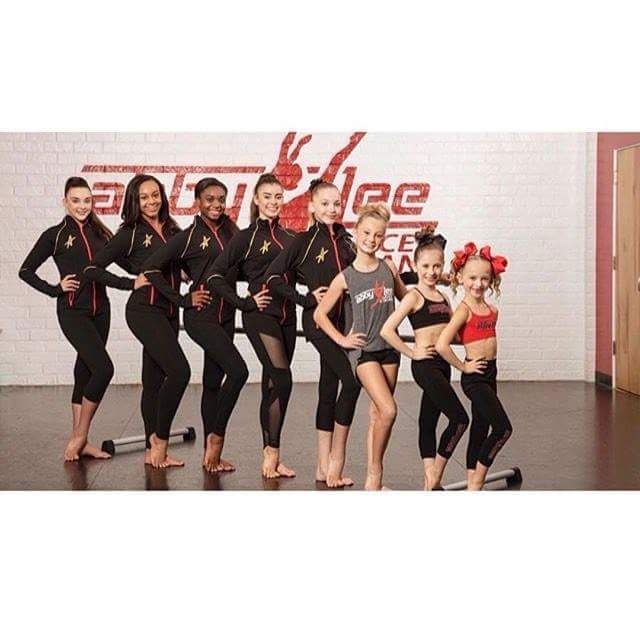 Here are five steps for creating a successful team that supports your business.
Here are five steps for creating a successful team that supports your business.
Why begin?
Why do you want to know how to start a competition dance team? Is this your idea? Are clients inquiring? In order to have a successful competition dance team, you’ll need a dedicated group of students. Gauge the interest of your clientele as well as their true dedication. Explicitly outline for them the time required for practicing, cost for competition, and travel involved. You don’t want to discover your team members have other obligations that take priority or cannot afford costs necessary to participate. Consider posting a sign in your studio and have those interested take a survey. Questions you might include:
- How many hours can you dedicate to practices?
- What other extracurricular activities do you have?
- Are you able to travel? If so, how far?
- Can you (or a parent) volunteer time to help with competitions?
- Have you ever been in a dance competition before?
Be prepared
When you decide to start a team, being prepared and well-organized helps with every part of the process from setting schedules to traveling to the competitions.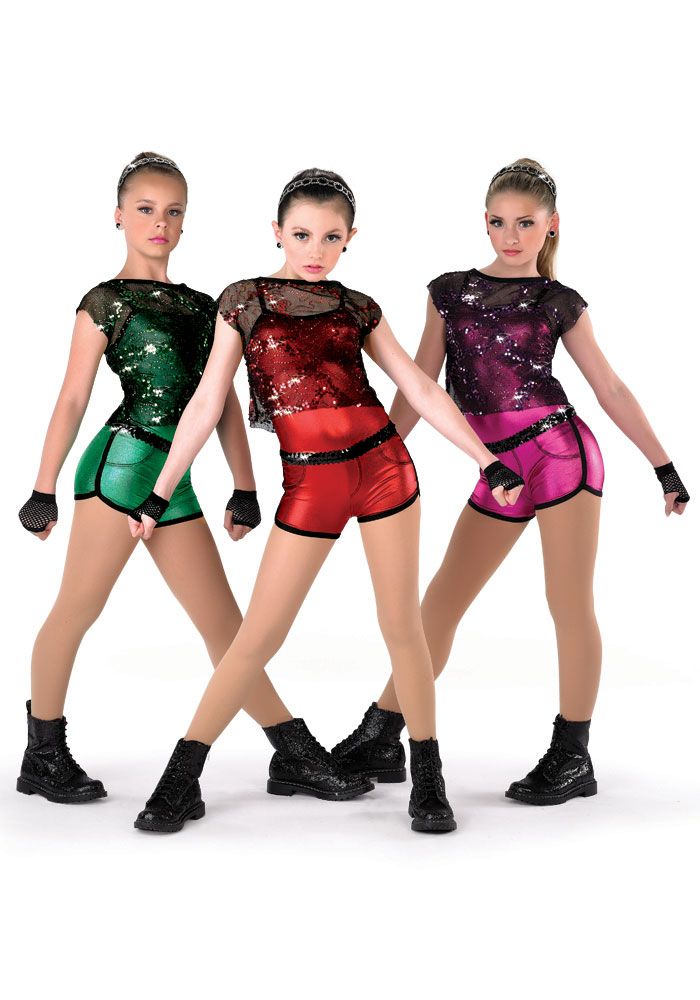 It helps to make a list of all the tasks you will have. Be honest with yourself about the time necessary to take on these tasks. If you know you cannot handle everything yourself, bring on an assistant or reach out to parents to ask about their interest in volunteering time. You want to be able to lead a successful team, not get overloaded with all the details necessary to pull off a great competition. Remember, these small details all add up:
It helps to make a list of all the tasks you will have. Be honest with yourself about the time necessary to take on these tasks. If you know you cannot handle everything yourself, bring on an assistant or reach out to parents to ask about their interest in volunteering time. You want to be able to lead a successful team, not get overloaded with all the details necessary to pull off a great competition. Remember, these small details all add up:
- Setting a schedule
- Leading practices
- Creating costumes
- Hair and make-up
- Competition applications
- Travel arrangements
Creating the team
If your studio caters to youth, it is a good idea to have an introductory meeting for parents. Let them know your plans as well as how you will create the team. Parents should be aware of time commitment and costs that are associated with competition teams for dance.
The size of your studio will help determine the size of the team and the method by which you pick members.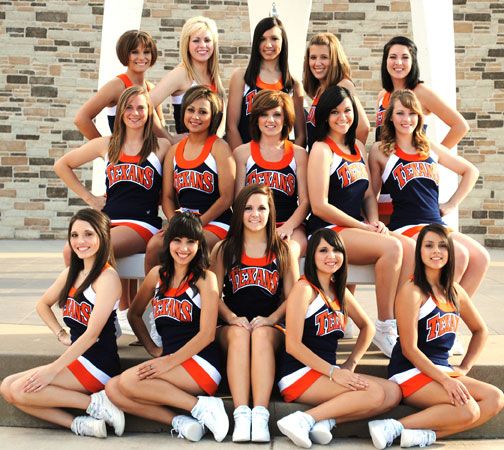 To gather team members, you might consider an “invitation only” system if you have talent you wish to recruit.
To gather team members, you might consider an “invitation only” system if you have talent you wish to recruit.
Some studios hold tryouts to allow any student to apply. With tryouts, it will likely require a series of auditions and cuts. As you make cuts, be sure to offer honest feedback. You don’t want to alienate students but educate them on exactly what you are looking for and how, if they didn’t make the cut this time, they might make it in the future. Be clear that you are not just seeking talent, but dancers who are able to take on all the rigors of dance competitions and all that entails.
How to Start
A competition dance team should have specific expectations for team members. Some expectations may include:
- How many practices they can miss.
- What happens when they are late for practice.
- What behaviors will not be tolerated.
- When payments are due.
- How responsible they are for costumes, makeup, hair and travel.

Set a practice schedule that allows for all dancers to attend. While there will be times when conflicts interfere with the schedule, if you do your best to create something that works well for the majority of dancers, you won’t have to make many compromises. As you start out, remember to be flexible as you learn what works best.
Practice, practice, practice
Competitions generally have strict guidelines. Teams must understand all the requirements and hone their skills. Create routines and then practice. Practice is vital for competition preparation. Help team members build bonds, work together, help each other and prepare for competition. They are not just individual dancers, but part of a team working together to do their best as a complete group.
Before attending your first competition, you might consider bringing in someone who has participated in such events and have him or her speak to your team. Give your dancers insight from someone who has been there so they know what to expect.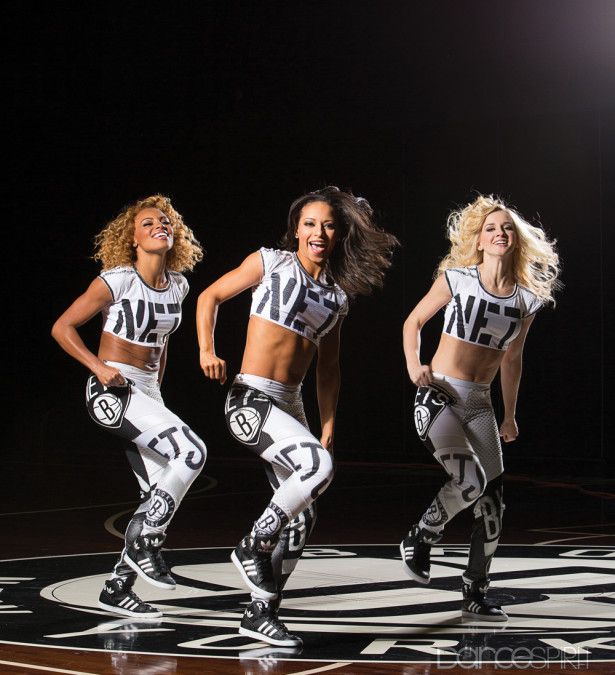
Photo by Walter under the Attribution 2.0 Generic license
Promotion of a dance school: how to advertise and promote services of a dance studio
Promotion of a dance school requires a non-standard approach in marketing due to the specifics of the business area. Dancing is fun, energy and drive, so advertising for a dance studio should evoke the same emotions. The times when new customers could be attracted by distributing leaflets near the subway are long gone. The modern audience wants everything at once. It is necessary to introduce her not only to the services, but also to the people who provide them. In this article, we will tell you what to do before starting to promote a dance studio and how to attract new customers using different types of advertising.
What to do before you start promoting a dance studio
1. How to determine your target audience
As in any other area of marketing, advertising and promotion of a dance school is based on the study of your target audience. At the same time, you need to understand that dance studios have direct and indirect competitors. Fitness clubs, wellness centers, martial arts schools also offer sports and development services. Therefore, the task of your marketing campaign is to convince people that dancing is the most suitable way of leisure.
At the same time, you need to understand that dance studios have direct and indirect competitors. Fitness clubs, wellness centers, martial arts schools also offer sports and development services. Therefore, the task of your marketing campaign is to convince people that dancing is the most suitable way of leisure.
Vogue dance with Verona Models
You can analyze the target audience using:
- • questionnaires or surveys;
- • interview;
- • focus groups;
- • thematic blogs and forums;
- • social networks.
The last method is good because with a minimum of money and time spent, you will find out the nature, habits and needs of your target audience. Also in social networks, you can see how and for what audience competitors are promoting their services.
2. How to create a client portrait
After analyzing the target audience, you need to break it into segments and create a portrait or avatar for each.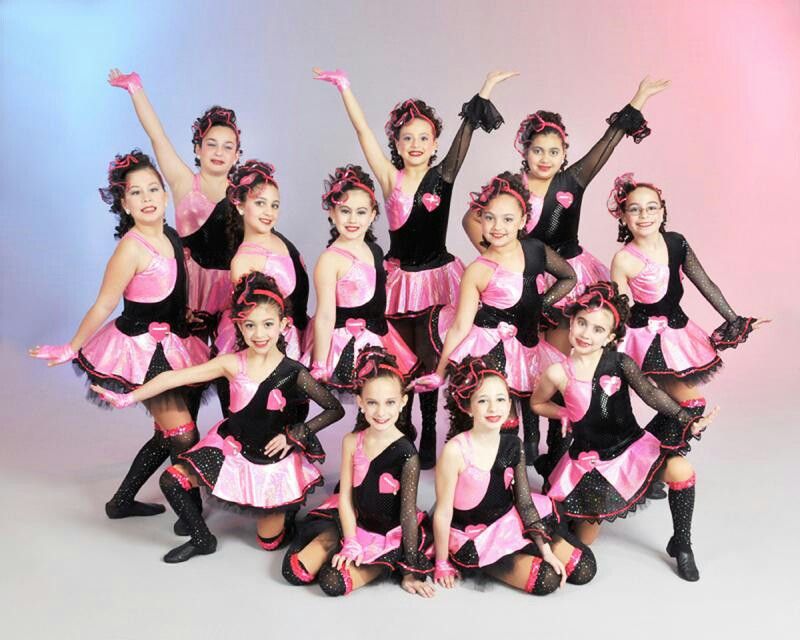 Here is a list of parameters to consider:
Here is a list of parameters to consider:
- • gender;
- • age;
- • area of residence;
- • income level;
- • marital status;
- • interests;
- • problems and pains.
By “running” clients through this list, you will get their psychological profile. It will help you work out the benefits consumers will receive from your service and identify triggers to influence them.
3. How to create a sales funnel
Think about the customer's journey from the moment he sees the ad to the moment he buys the service. If you're promoting with free lessons, your sales funnel might look like this:
- • interest in dancing;
- • search for a suitable school;
- • contact with advertising;
- • sign up for a free lesson;
- • free lesson;
- • receiving an offer.
4. How to form an offer
The offer is formed based on the problems of the audience with the help of its main triggers. This is your promotional offer. “Learn to dance hip-hop in 3 months”, “Sign up for a free trial lesson”, “Become a member of a friendly community of dancers” - these are examples of offers for a dance studio.
This is your promotional offer. “Learn to dance hip-hop in 3 months”, “Sign up for a free trial lesson”, “Become a member of a friendly community of dancers” - these are examples of offers for a dance studio.
5. How to create a landing page structure
The purpose of a landing page or landing page is to motivate the client and involve them in the sales funnel. It is important to remember that several advertising banners can be located on such a page at once. The structure of the landing page is based on the pains of customers. For example:
Banner 1: main offer.
Banner 2: Headmaster's video message.
Banner 3: photos of students and teachers.
Banner 4: school facts or regalia.
Banner 5: a unique offer, such as discounted private lessons.
Banner 6: subscription offer.
Banner 7: School FAQ and contacts.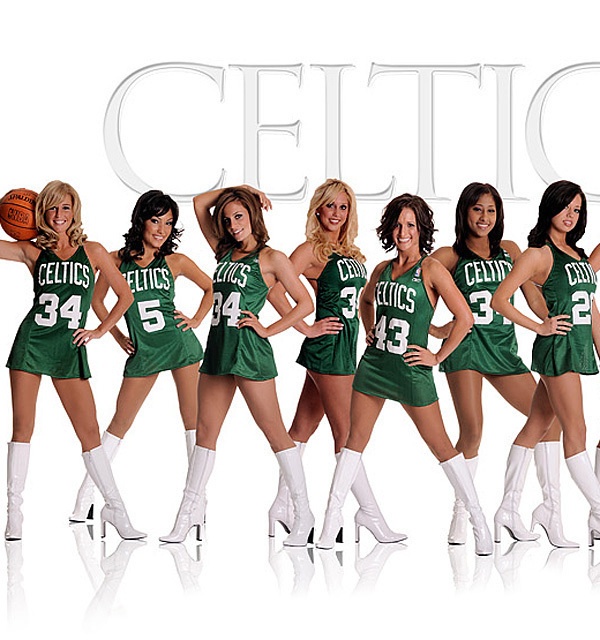
With this approach, advertising and promotion of the dance school is much more likely to resonate with potential customers. After all, you interact immediately with all segments of your target audience and work out objections.
How to promote a dance studio through contextual advertising
The advantage of contextual advertising is that it starts working immediately after launch. In a short time, you can collect a large number of applications and reimburse the costs of promotion. But it will take time to figure out the settings of the advertising account.
There are 3 contextual advertising mechanisms:
- Search algorithms. By analyzing the most popular queries for keywords, the system brings you to those who right now are driving into Google or Yandex “dance school record online”. When interacting with such a client, it is important to convince him to conclude a deal as soon as possible, otherwise he will go to competitors.
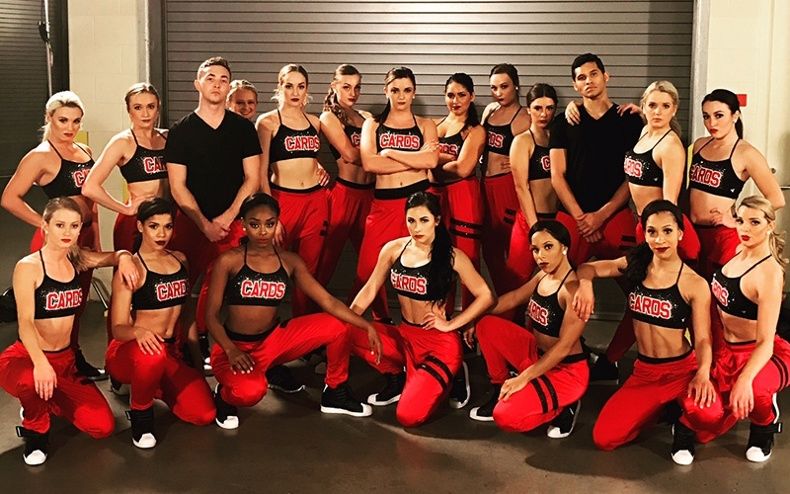
- GMS (display network) Google and YAN (Yandex advertising network). They show ads on affiliate sites for people who are interested in dancing. This method gives a good conversion for a relatively low price, however, the audience received from such an advertisement will be cold.
- Retargeting or remarketing. It allows you to make a special offer for those who came to your site, but for some reason did not leave a request.
How to promote through targeted advertising
Targeted advertising is the most suitable option for small dance schools. An advertising account on Facebook and Instagram is much simpler than on Google and Yandex, and the cost of an application is lower. But contextual advertising has a higher conversion rate, as the target leads to a cold audience that your sales team needs to “finish”.
To make targeted advertising more successful, collect enough leads, upload the data to your Facebook ad account, and create a Lookalike Audience. She may be the most responsive.
She may be the most responsive.
How to promote a dance school with SEO
Before you start SEO promotion, carefully analyze your competitors. This will help you optimize your strategy and understand what services are in demand. For advertising to be effective, combine related keywords into groups (clusters) and prioritize queries. Then search algorithms will display the site in the TOP results due to natural traffic. You also need to make sure that there are no technical errors on your site.
Advertising with bloggers to promote the dance school
If you want to agree on a barter, use the following algorithm:
- • through blogger search services, find those who live in your city and who are interested in the services of a dance studio;
- • offer a blogger a free lesson in exchange for advertising;
- • agree on cooperation. Be sure to specify how many advertising posts the blogger will publish in his account.
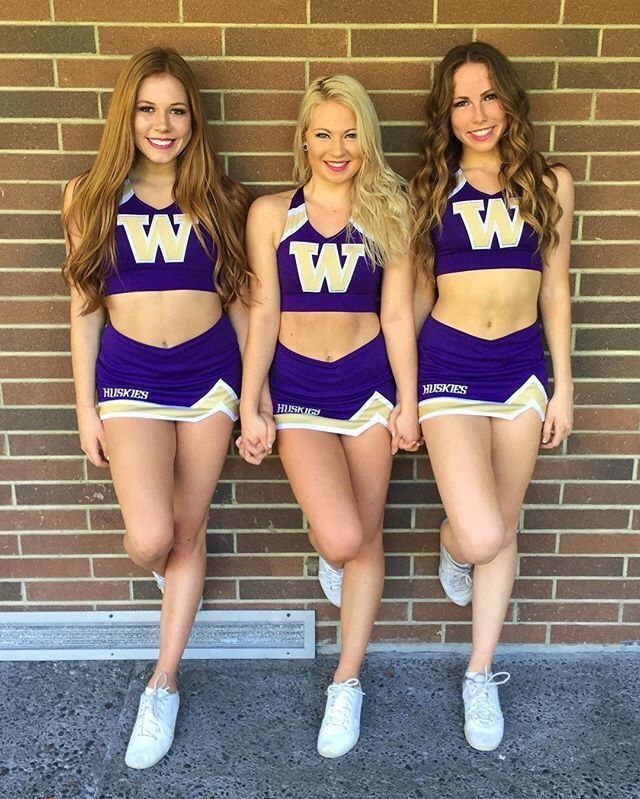
If the blogger does not agree to barter, consider how necessary this type of promotion is.
Other Ways to Attract Customers
To get maximum exposure, try additional promotion methods:
1. Free Lessons
Dancing is one of the most spectacular art forms. If you organize a public performance of teachers and students of the school, the audience will see the result live and receive additional motivation.
2. Promotions and discounts
To interest potential customers, arrange an open day. Workshops, consultations and discounts on subscriptions - showcase all the features of the school to interest visitors.
Modern dance school in Kyiv
3. Participation in competitions
First place in dance competitions is a sure way to increase customer confidence. To increase the conversion, try adding the phrase to the offer: “Do you want to learn dancing with the winners of the international competition?”.
4.
 Partner programs with neighbors
Partner programs with neighbors The main advantage of such programs is a double budget for promotion, which allows you to organize a large-scale advertising campaign. Anyone can be a partner: a fitness club, a yoga studio or a children's music school. It is important to correctly present information and find common ground with the audience.
5. Offline advertising
Whether this method is needed depends only on the habits of your target audience. If, during its analysis, you found that most potential customers are subscribed to the account of a trendy restaurant, try to negotiate with the administration of the institution to promote your services. It can be both advertising on flyers and street banners.
Conclusion
For a successful advertising campaign that pays off the investment, it is not enough to use one or two promotion methods. Complex marketing is needed with constant analysis and adjustment of the strategy. By combining various tools and platforms, you will be able to provide the school with a stable flow of students, and business with income and profit.
Optimize the business processes of your dance school together with 1C: Fitness Club to increase the effectiveness of your marketing! Leave a request and our managers will contact you for free consultation.
GET ADVICE
When connecting for a year cloud tariff
30% discount
Join the community on VK
Follow us on Yandex.Zen
Name for a dance group. How to name a dance group
Home » Tips
People danced at all times and epochs, moreover, each nationality, during the period of development, formed its own unique dance. Dancing can express your attitude to what is happening or a person, show your mood and emotional state. In addition, dancing is a good helper for improving health. Therefore, in every city you can find a club or a dance school. If you decide to create your own team, we will help you choose a name for the dance group, which will reflect the direction and your ambitions.
Read: Interesting questions to think about.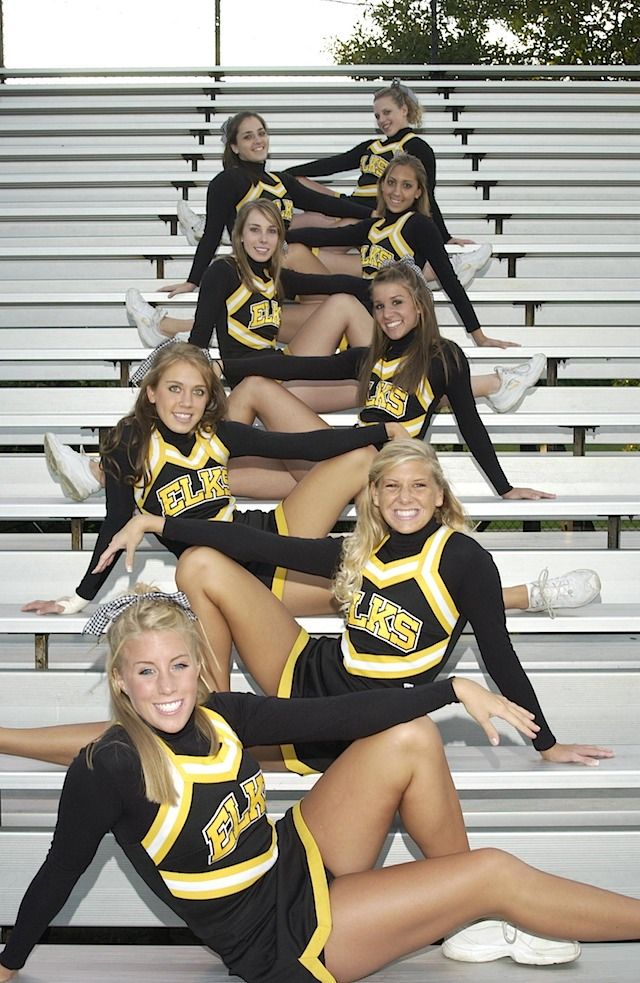
Content
- Principles The name of any dance or musical group is a name. A name that should attract and explain, so you need to choose wisely. To do this, there is a simple algorithm that will help you briefly and clearly find the name.
First, let's break all the names into groups. There are approximately five of them, where each group emphasizes a certain direction.
- A group in which the words "Dance" or "Ballet" are played. You can highlight the direction of dance or its homeland. Such names immediately determine the direction and weed out outsiders. For example, the "School of Oriental Dance" or "Classical Dance" immediately determines the clear direction in which the team works.
- The second group is a group associated with experiences, emotions that dance gives. Names can do without dance themes, but they certainly emphasize positive feelings. For example, “Happy Faces”, “Midnight Inspiration”, “Charmed” or “Young Soul” - such names convey the mood of the whole team, and can work in any direction.

- A group where some movements, rhythm, energy are actively used. Here you can pick up a name in which the word "Dance" is not even used. For example, "Rhythm", "Light steps", "Smooth movements" or "Russian pirouette".
- A group whose name contains a reference to a locality. Everything is simple here - "Moscow movements", "Rostov mix" or "Volgograd umbrellas".
- A group whose name has nothing to do with dancing, but sounds biting and immediately attracts attention. For example, "Constellation", "Milky Way", "Light of Russia" or "Snow Leopards".
Choosing a beautiful name for your team, you need to use all the nuances. It is they who will attract the attention of strangers. There are a lot of tips for this.
- Be sure to consider the genre in which you will move and develop. For example, modern and classical art have practically nothing in common. Accordingly, the names should clearly correspond to the style and genre.
- The age category of participants is an important factor.
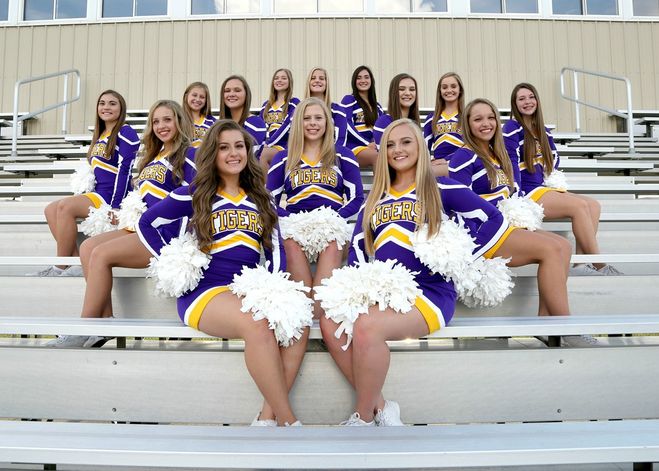 Child group names are simpler and contain catchy words. Adults should convey a deeper meaning.
Child group names are simpler and contain catchy words. Adults should convey a deeper meaning. - It is desirable to choose a name that is easy to pronounce. Do not choose complex names, as a rule, most people do not remember them.
- If you open a studio that will develop in national directions, be sure to consider this fact.
- Try not to include more than two words. It is believed that long names are repulsive. In addition, all catches in the title must be combined or continue each other.
- The new name should not be similar in spelling and sound to an existing band. The mirror effect will work here - people will draw a parallel with a well-known group. This can be very damaging to young dancers.
- Simple but specific words can be used. For example, the names of countries, the direction and style of dance, some elements of national costume clothing or musical items.
- Name is the name that creates your image. Remember - the audience will always draw an image in their head, even before the moment of your performance.
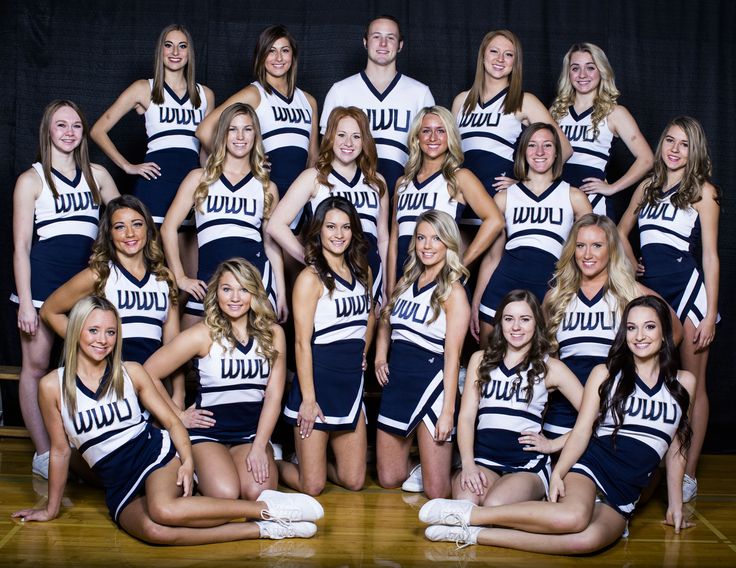 This means that even before you came out, he had an impression of the band from the name.
This means that even before you came out, he had an impression of the band from the name. - If you work in several directions, then you can allow a little humor. This applies to children's groups. However, here you need to be careful not to overdo it.
- The last point - a new name should be remembered, create an image and emphasize individuality. This is the only way to achieve recognition from the audience. Remember - you are not the first to decide to create a dance group, there are many of them, so the key to success is a bright image.
How to name a children's dance groupChildren's groups are always a surprise, joy and delight. Therefore, the name of a children's dance group should be like a miracle or cause a smile.
Examples
- Sky swallows.
- Sunshine.
- Sunbeams.
- Sunbeams.
- Sun glare.
- Variegated clouds.
- Asterisk.
- Constellation.
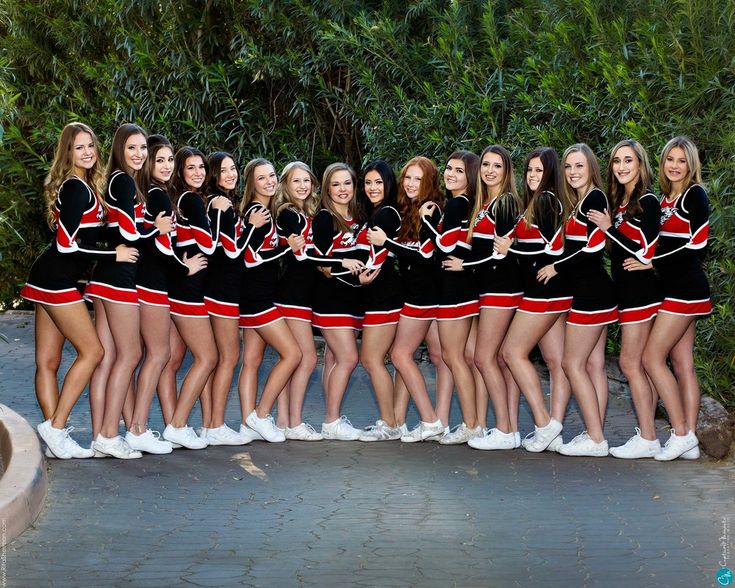
- Ursa Major constellation.
- Orion constellation.
- Constellation of dance.
- Rainbow.
- Iridescent glitter.
- Drop.
- Funny drops.
- The world of dance.
- Pathfinders.
- Children's dance school.
- Kolobok.
- Pestry.
- Parsley.
- Pinocchio.
- Smile.
- Rain.
- Raindrops.
- Fairy tale.
- Visiting a fairy tale.
- Wind.
- Wind.
- Joy.
- Hope.
- Debut.
- Spring.
- Spring.
- Children's modern dance.
- Children's classical dance.
- Children's variety dance.
- Children's popular dance.
- Children's fun.
- Fun.
- Bouquet.
- Rose.
- Chamomile.
- Children's dance studio "Tulip".
- Cornflower.
- Ghost Riders.
- Sunrise.
- Seashore.
- Bright day.
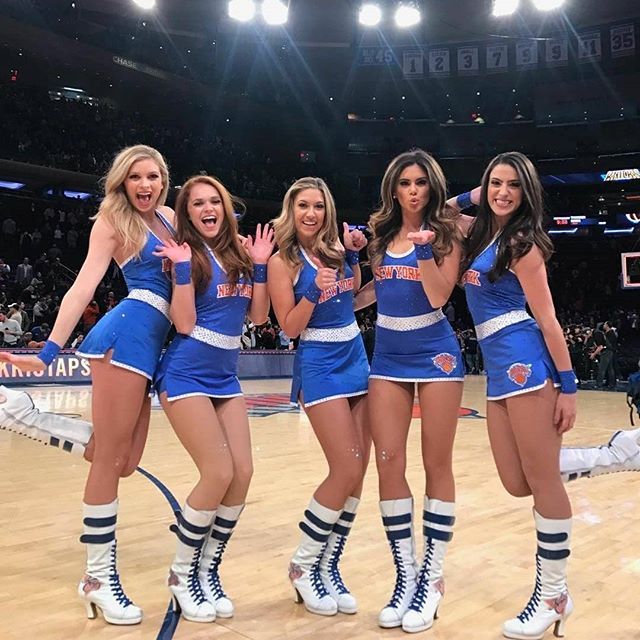
- Primer of dance.
- Dancing alphabet.
- Letters.
- Freckle.
- Cherry.
- Sunflower.
- Pea.
- Firefly.
- Bug.
- Mountain Eagles.
- Courageous eagles.
- Mountain peaks.
- Wide steppe.
- Meadow.
- Forest fairies.
- Forest robbers.
- Glade.
- Rhythms of childhood.
- Ray of hope.
- Cheerful smiles.
- First step.
- Enthusiasm.
- Children's happiness.
- Rowan.
- Rowan.
- Willow.
- Willow.
- Twig.
- Dance energy.
- Heart.
- Birch.
- Birch.
- White birch.
- Oak.
- Oak.
- Poplar.
- Feather.
- Light feather.
- Arrow.
- Arrows.
- Ring.
- Ring.
- Rosa.
- Dewdrops.
- Morning dew.
- Evening dew.

- Fidget.
- Bee.
- Bees.
- Kalinka-raspberry.
- Caramel.
- Icicle.
- Cascade of happiness.
- Cascade of smiles.
- Cascade.
- Snowflake.
- Snowman.
- Cheerful girls.
- Cheerful boys.
- Moth.
- Swifts.
- Crane.
- Crane.
- Amur tiger cubs.
- Forest squirrels.
How to name an adult musical groupAdult groups can be called more complicated, include several words. It is also recommended to use foreign words. It is believed that this gives a higher status to the female and male team.
Examples
- Dance set.
- Energy of the night.
- Victoria.
- Contemporary ballet.
- Dance energy.
- Energy of movement.
- Recalcitrant.
- Wild hearts.
- Revolution.
- Dance revolution.
- Dance revolution.

- Rhythms of the night.
- Destroyers.
- Black rabbits.
- Black panthers.
- Night Wolves.
- Wild cats.
- Golden age.
- Silver age.
- Bronze Age.
- Pedestal.
- Moonwalk.
- Night pearls.
- Diamond movements.
- Frank movements.
- Dancing in the rain.
- Hurricane of feelings.
- Storm.
- A storm of emotions.
- Restless guitar.
- Mountain river.
- Noisy city.
- City hooligans.
- Night robbers.
- Dancing bandits.
- Speakers.
- Dynamite.
- Storming the brain.
- Dancing smiles.
- Orient Express.
- Northern lights.
- Dancing skeleton.
- Musical assault.
- Music attack.
- Soldiers of music and dance.
- Wizards of rhythm.
- Wizards of dance.
- Urban legends.
- Dance legends.
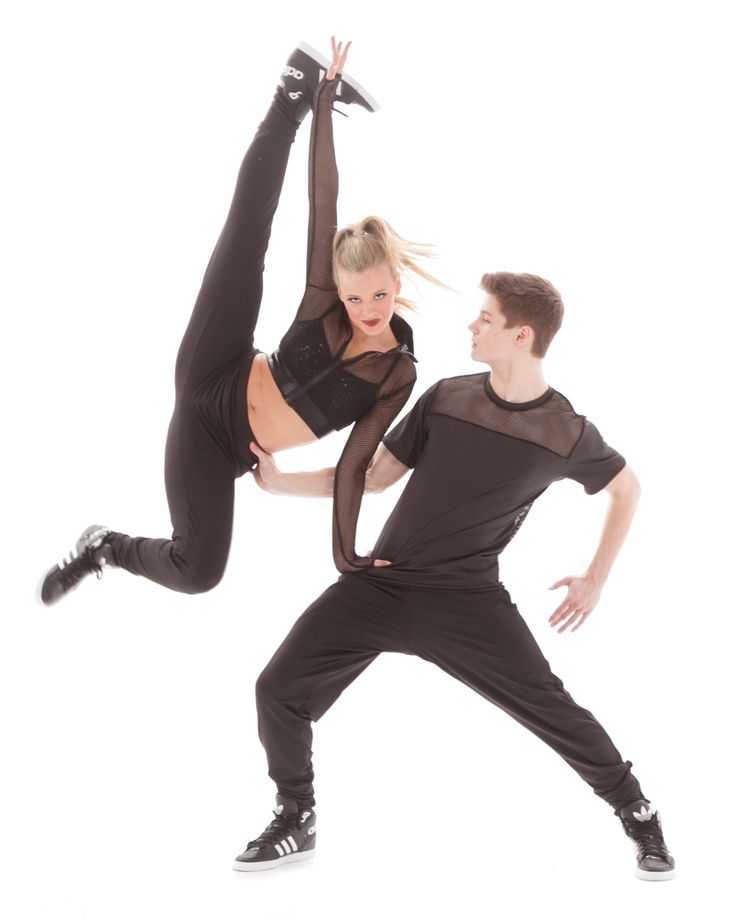
- Legendary moves.
- Waterfall of feelings.
- Dancing bones.
- Explicit movements.
- Noisy crowd.
- Night hooligans.
- Night wolves.
- The best time.
- Animals on stage.
- Snipers of hearts.
- Dirty dancing.
- Walking on the heads.
- Seeking the light.
- Dancing skeletons.
- Frantic rhythm of the night.
- Celebration of dance.
- Chieftains.
- Loose legs.
- Angina.
- Crazy dancers.
Cool name for a dance groupThe name of the group is the business card of each member. Therefore, each group tries to stand out. However, you can overdo it here, so choose carefully. Below are options for dance groups for girls and guys.
Examples
- High heels.
- Cool guys.
- Restless dancers.
- Restless legs.
- Whirlwind of dance.
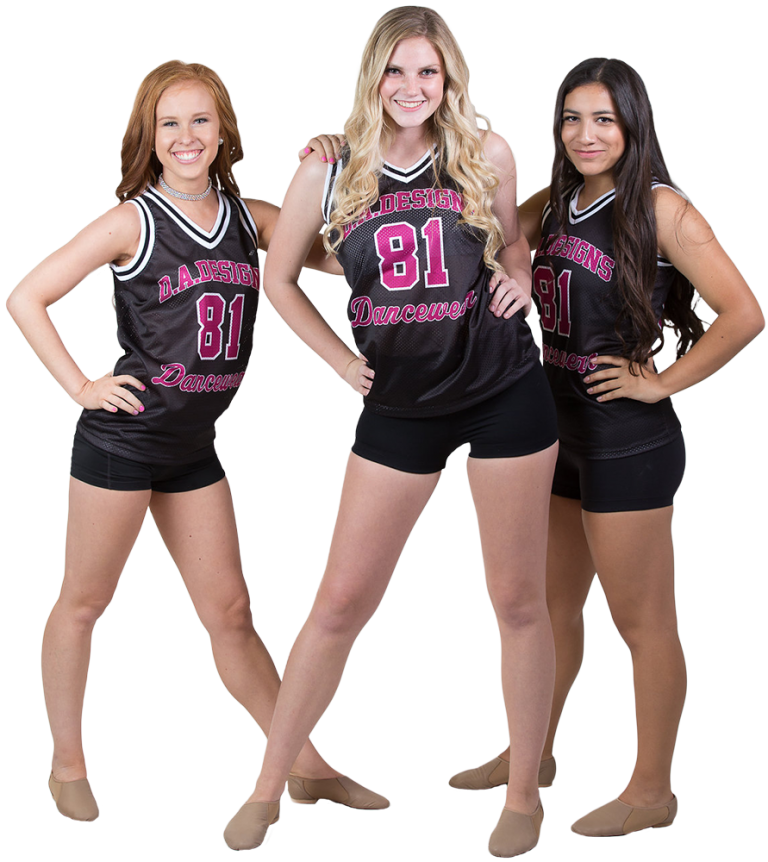
- Dancing hurricane.
- Dances of the world.
- The world in motion.
- Bright heads.
- The art of movement.
- Correct movements.
- Musical rhythm.
- Heart rhythm.
- Light spot.
- The fifth element.
- Stage favorites.
- Night performers.
- Modern movement.
- New wave.
- The best group.
- Ideal movements.
- Graceful movements.
- The grace of a cat.
- Grace.
- Kaleidoscope of dance.
- Dance mix.
- Dance disc.
- Light step.
- Leaf.
- Diamond smile.
- Crystal step.
- Wild cal.
- Easy jump.
- Oxygen.
- Poisonous movements.
- Toxic group.
- Dangerous movements.
- Fierce dancers.
- Pearls on stage.
- Pirate ship.
- Jolly Rogers.
- Electronic bunnies.
- Catastrophe.

- Dancing on a hospital bed.
- Soaring mountains.
- Amazons from Moscow.
- Dancing fantasy.
- Dancing on the bones.
- League of Movements.
- Demand stop.
- Perfect movements.
- Psycho dance.
- Poisonous dancing.
- Bright heads.
- Toxic dancing.
- Sulfuric acid.
- New wave.
- Pirate dances.
- Black hare.
- Dance league.
- Upper leg movement
- Paranoia.
- The right direction.
- Straight road.
- Light path.
- Angels of light.
- Guiding star.
- Alone on the planet.
- Dancing in the dark.
- Subway entrance.
Dance group styleWhen choosing a name for your group, pay attention to the style in which you will develop. It can be used in the name of the group. However, as practice shows, over time the name becomes irrelevant.
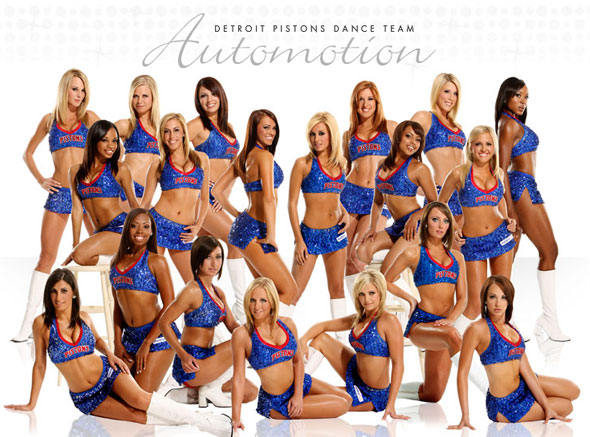 The fact is that, developing, the group will go further, which means they will adopt other styles.
The fact is that, developing, the group will go further, which means they will adopt other styles. Examples of dynamic, contemporary style
- Heart beats.
- 120 bpm.
- Pulse.
- Pulse.
- Grace of hip-hop.
- Hurricane on stage.
- Storm in a teacup.
- On the last breath.
- Movement by notes.
- Metro.
- Rhythm car.
- Revolution.
- Next move.
- New generation.
- Liners.
- Street Jazz.
- Step up.
- Crazy dancers.
- Kamatosis.
- Dance on glass.
- Dancing with a scythe.
- Zebra.
- The best dance mix kids.
- Smooth movements.
- Smooth movements.
- Soaring above the dance floor.
- Breaking dance floors.
- The road to paradise.
- Stage angels.
- Endless rhythm.
Examples of classical and national styles
- Flamenco classics.
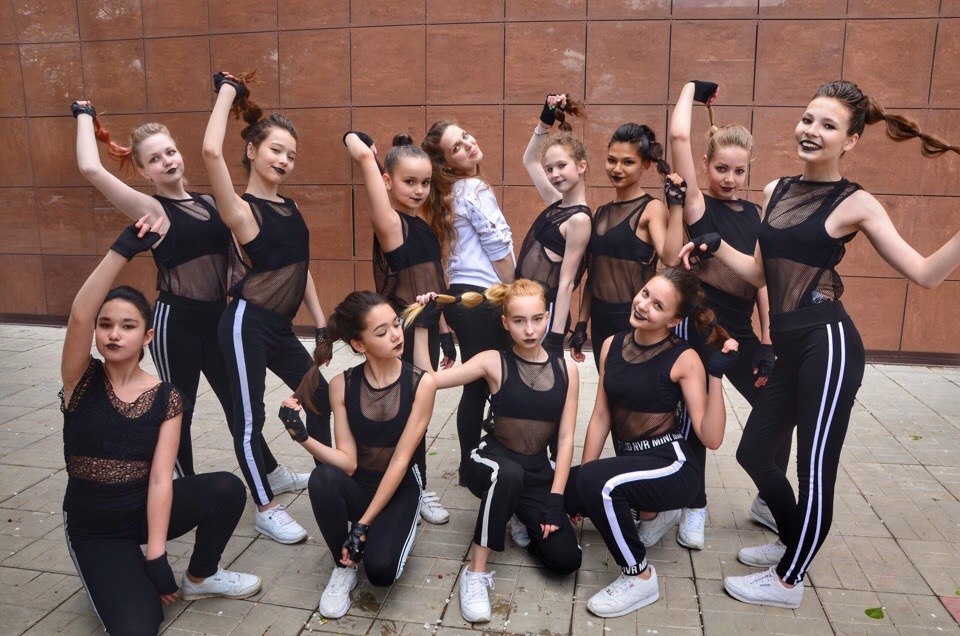
- Tango of the heart.
- Curtsy.
- Modern ballet school.
- Mountain Eagles.
- Caucasian rhythms.
- Mountain hearts.
- Ararat.
- Classic style.
- Steppe rhythms.
- Movement lines.
- Fashion foxtrot.
- Timeless classic.
- Northern melodies and rhythms.
- The Great Four.
- Rhythms of the Caucasus.
- Rhythms of the steppes.
- Hot South America.
- Classical revolution.
- Dances of the peoples of Russia.
- Endless dances.
- Dance palette.
- Forest spirits.
- Harmony in motion.
- The illusion of fear.
- Illusion of the heart.
- Heart beat.
- Heartbeats.
- Colors of the world.
- Heart paint.
Name and locationA good name for a dance group would be to mention the area where the group is going to start. It can be a city, state, or country.
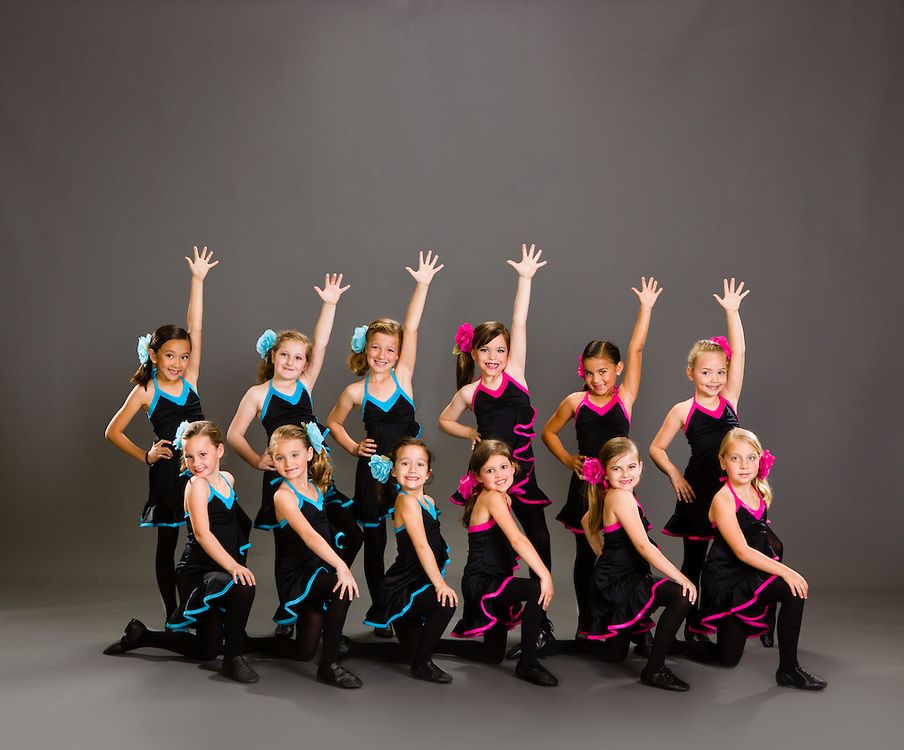 However, there are groups that only mention a street or neighborhood.
However, there are groups that only mention a street or neighborhood. Examples
- Petersburg umbrellas.
- St. Petersburg classics.
- Moscow night.
- Altai Dawn.
- Caucasian rhythms.
- Steppe patterns.
- Kuban fidgets.
- Russian rhythms.
- Rhythms of Ukraine.
- Kazakh steppes.
- Dance school of the peoples of the North.
- Rostov mix.
- Kemerovo melodies of the heart.
- Lights of Moscow.
- Ogonyok Rostov.
- Stars of St. Petersburg.
- Beauty of Altai.
- River fairies.
- Angora witches.
- Light of Khabarovsk.
- Outback dancers.
- Rhythmic village.
- The rhythm of the steppes.
- Forest demons.
- Krasnoyarsk ladies.
- Rhythm of night Omsk.
- Sunny Caucasus.
- Northern vortex.
- Night Moscow.
- Club Moscow.
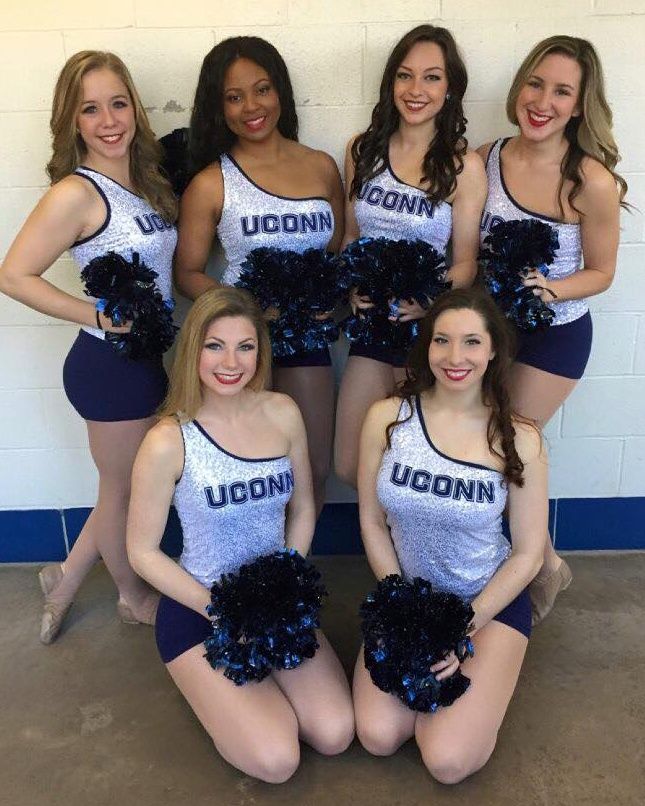
- Novosibirsk smiles.
- Hollywood smile.
- New York at night.
- Dirty streets of Washington.
- Outcasts of Siberia.
- Siberian bullfinches.
- Black Sea coast.
- Crimean melodies.
- Dancing near the Black Sea.
- Berry mix from Altai.
- Proud Baikal.
- Moscow rhythm.
- Russian joy.
- Novgorod pride.
- Made in Russia.
- Made in USSR.
- Storm of the East.
- Dream of Siberia.
- Tear of the Caucasus.
- Highlanders.
- Steppe dwellers.
- Amur tiger cubs.
- Siberian cubs.
- Forest squirrels.
- Krasnoyarsk rabbits.
- Baikal waves.
- Cote d'Azur.
- French quadrille.
- Power of Siberia.
- Petersburg stars.
When choosing a name for a dance group, pay attention to the number of people, style and age of the participants.

